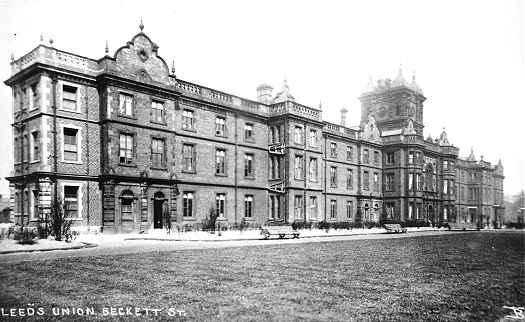
Leeds 1895: DI Tom Harper and Sergeant Ash stop in at 13 Copper Street to call on recently released Henry White who is about to reveal why he was in receipt of stolen goods.Then there is another death and an acid attack in a bakery owned by a former police inspector. Can the two solve the crimes before yet another takes place.
Between 1790 and 1840, Leeds
changed beyond all recognition. A
market town vanished forever, to be
replaced by a landscape of mills,
factories, foundries and dye works.
Chimneys now dominated the skyline,
pouring out black smoke and noxious
vapours. Leeds was truly experiencing
the excitement, drama and impact
of the Industrial Revolution. By 1893,
Leeds was described as being: "a great hive of workers... whose
products have the whole wide
world for their market... her nine
hundred factories and workshops,
monuments of the wealth, industry
and mercantile prestige .."
But the working classes, the
overcrowded cottages, back-to-backs,
cellar dwellings and lodging houses
remained notorious for their cramped
and insanitary conditions. Many children
lacked even a basic
education there being only half the number of places available in various educational institutions compared to the actual number of children (source: Census 1870). With the increased
levels of pollution and squalor came disease - scarlatina, diarrhoea,
measles, fevers, smallpox, diphtheria and
whooping cough - and cholera and typhoid. The local river was being used as a dumping ground not only for dead animals but also ‘thousands of
tons of ash, slag,
cinders, refuse from mines, chemical
works, dyeing, scouring and fulling,
worsted and woollen stuff, shin
cleaning and tanning, slaughter,
house garbage and sewerage from
towns and houses’.
Of course Leeds wasn’t unique
in struggling to deal with overcrowding and poor
sanitary conditions as well as the diseases and
premature deaths that went hand in hand with
poor living conditions. But Leeds was slow to
face up to its problems and to take action. The major changes that were needed
for the city didn’t take place until
the 1890s. Only then were there
huge slum clearances, a re-planned
city centre, a vastly improved
water supply, and a leap forward in
education provision for children. This
came about as a result of a change in
administration, a change in personnel,
a broader social representation within
Leeds Council, and more acceptance
of central government involvement,
along with public opinion more
favourable to welfare provision.
 Our story is told against this backdrop and over the course of a two week period, with the author providing the reader with a realistic look into life in the 1890s. The burgeoning police force was often up against rampant crime and the communal wall of silence; life was harsh; the workhouse often dominated the social landscape; and the suffragette movement was in its infancy. All of this made for a nice historical context which was well researched, and presented throughout the story though discreetly.
Our story is told against this backdrop and over the course of a two week period, with the author providing the reader with a realistic look into life in the 1890s. The burgeoning police force was often up against rampant crime and the communal wall of silence; life was harsh; the workhouse often dominated the social landscape; and the suffragette movement was in its infancy. All of this made for a nice historical context which was well researched, and presented throughout the story though discreetly.
I hadn't read the others in the series, but will most likely go back to the beginning and start again. Having said that, it was easy to catch up and get a sense of the interaction between the main characters. The plot was teased out chapter by chapter and clues dropped like proverbial breadcrumbs. All in all, an enjoyable read and a fascinating insight into the history of a regional city.
Further reading:
Goodreads - DI Tom Harper Series
Chris Nickson - Leeds Background Materials
The History of the Workhouse by Peter Higginbotham - Leeds
English Heritage - Religion & Place in Leeds
Hansard - Leeds Assizes 1890s
Wikipedia - History of Leeds
David Churchill - Crime, Policing and Control in Leeds, c.1830-1890
June Hannam - The Employment of Working Class Women in Leeds
Excerpts - Yorkshire Evening Post 1890 to 1900
British Archive - Leeds Mercury
John Hearfield - The Leeds Gas Strike of 1890
Leeds Riot Map 1643 - 2002
Old Maps Online - Leeds


No comments:
Post a Comment